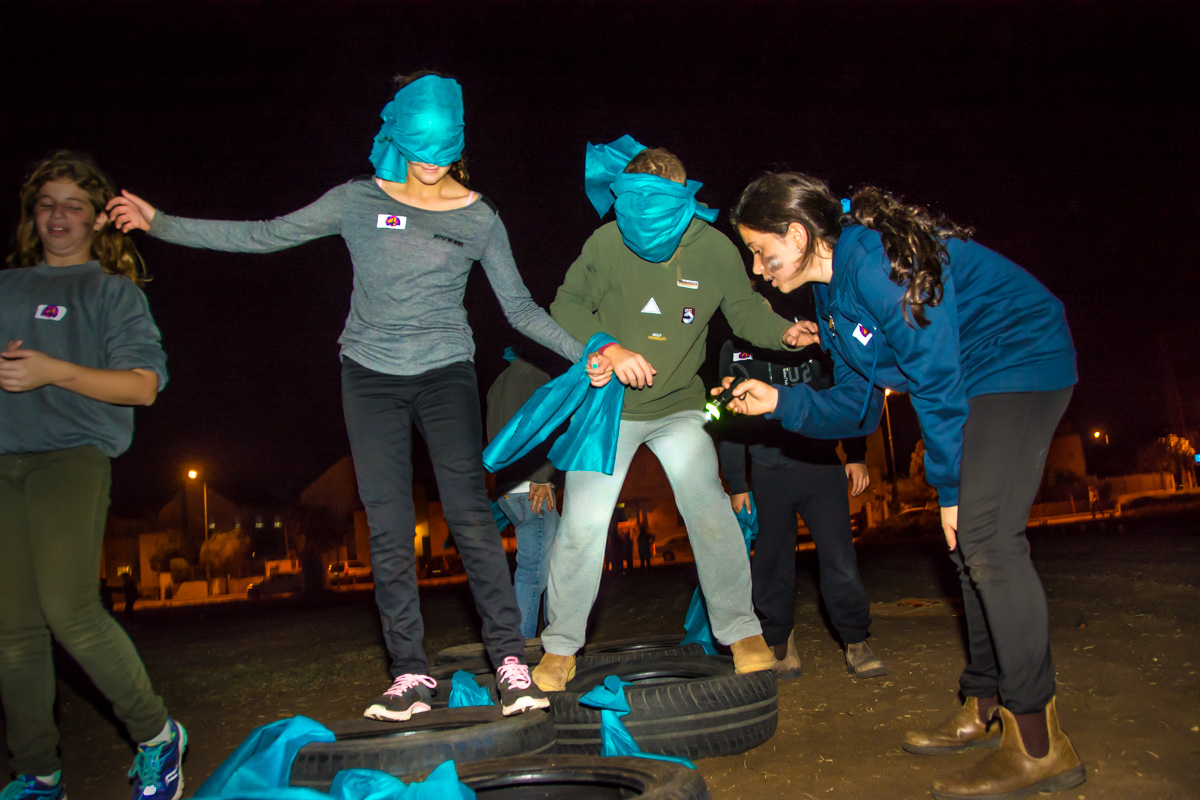Have you ever tried to take decent photographs of children playing in an unlit farmers field on a moonless night?
I had volunteered to photograph an evening school event: The venue turned out to be a large farm field peppered with groups of children enjoying various sports activities. Flashlights were being used because the only illumination was given by street lamps along a road at the bottom of the field.
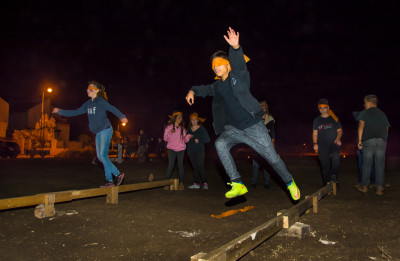
Manual mode
In my other articles about shooting in low light situations you’ll see that I normally use manual mode to give me full control over the exposure: I set the aperture, shutter speed and ISO to capture enough background detail and use a dedicated hot shoe flashgun, set to auto, to light people in the foreground.
I set my DSLR to manual mode, 1/100sec, with my zoom lens open at its widest aperture. I used manual ISO at 2000, which is about as high as I will use for shots of people since higher ISOs make the hair look clumpy and loose fine detail.
Even though it was so dark in the field I didn’t want to use a faster prime lens since I had to move quickly between different groups of children and needed the flexibility of a zoom. I kept the shutter speed as high as I could in order to minimise blurred shots .
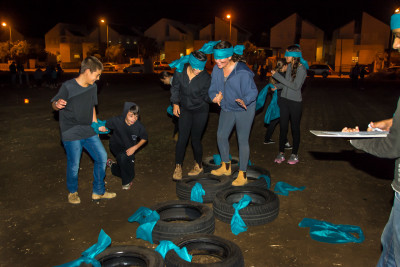
A few quick test shots confirmed this gave just enough exposure to capture the street lighting, but could not capture detail of any part of the field that the flash couldn’t reach.
It’s important to realise that shots taken with flash are a combination of two exposures, ambient and flash. My manual setup exposed for what little ambient light was available in the background, and the flashgun used the aperture and ISO values to calculate sufficient light to expose the children in the foreground.
One benefit of shooting in the dark is that the flash would freeze most of the action even though I was using a shutter speed of only 1/100sec.
A simple trick
It was so dark that any shots with only the field in the background would have looked like snaps – with black, featureless backgrounds and brightly lit people in the foreground. So I used the simplest of tricks to liven up the pictures and shot from angles that included the road as a background element in of most of the pictures.
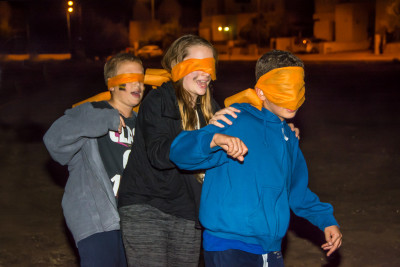
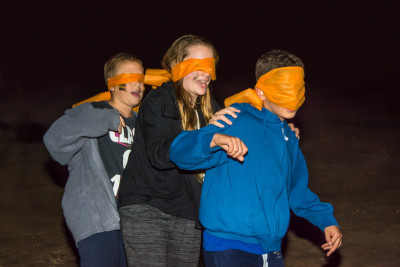
Back to Basics
One thing I love about photography is the unexpected challenges that arise almost every time I take out my camera. It’s unusual to shoot in such very dark conditions and you certainly cannot rely on scene modes, or other exposure modes, to help in these situations like this. It’s definitely sensible to have a good working knowledge of the basics of exposure and understand how important backgrounds are to the success of a picture.
Digital cameras are stuffed with clever features but you will be at an embarrassing disadvantage if you rely on them too much.
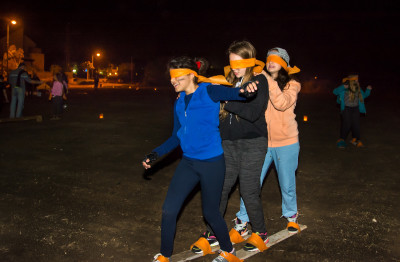
For more examples of shooting in low light situations see these other articles:
Shooting in low light using flash
Shooting in low light without flash
